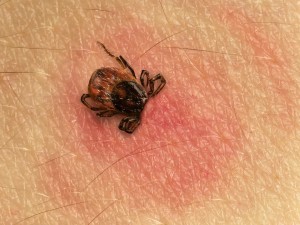 Summer is a great time to get outside, explore, and get active in our natural environments. Our home has some of the best places to explore in the southeast. From our backyards to the Smoky Mountains there is no shortage of things to go to. But, once you get there, what can you have the kids do that will make these trips even more of an adventure?
Summer is a great time to get outside, explore, and get active in our natural environments. Our home has some of the best places to explore in the southeast. From our backyards to the Smoky Mountains there is no shortage of things to go to. But, once you get there, what can you have the kids do that will make these trips even more of an adventure?
We’ve come up with a handful of kids activities for the summer you can do with little to no prep.
Backyard Bug Adventure
There are over a hundred or more different bugs that live in your backyard. From garden spiders to earwigs you can spend a day scouring through your yard to find and chronicle the likes of every bug around the house.
To make this the most fun and engaging you need to employ a few tools for your kids. Find a few paper journals that your kids can draw in and write notes about the bugs. If you have adventure hats, flashlights, magnifying glasses, or even binoculars (not ideal for bugs, but little kids will not care) employing those will make the experience even more of an adventure. You can even give the kids a challenge to find as many bugs that are not repeats the other kids find (if you have multiple children).
If you have older kids or even teenagers then give them the task of taking photos with a camera or smartphone. They can then use those photos to go online and identify the particular insect that they have found.
Build A Bug Box
There are number of ways you can go about building a bug box. Our favorite way is to put together the old school wood blocks and mesh screen. You can have a local hardware store cut wood pieces you want if you give them measurements. For screen there is always scrap door screen lingering around, if not at your home, at someone else’s. The more elaborate the box the more time this project will take, which for older kids is a good thing to have long term projects. Nail, hot glue and/or staple the pieces together, and you have yourself a quick bug box. If you want to go more simple route, then put a significant amount of holes in the top of a disposable food container. Any size will do. The kids can decorate and fill in the box with plant life or dirt to make their bug collection feel more at home.
From there you can go about collecting some bugs. If you did the bug exploration then you can combine the two into a collection and identification activity.
Build Some Bug Gardens
Many bugs like and dislike various plants. You can start a garden, or just plant in the yard, for some plants that bugs will be attracted to.
For example: The Monarch butterfly, which is disappearing due to migratory issues, would benefit from gardens that had milkweed and a host of flowers and bushes to help give them food sources without having to migrate all the way to Central Americas.
You can go about building a garden in a traditional sense with wooden boxes or landscape timbers. In many cases a few flowerpots with certain flowers will work just fine as well. Once your child’s plants have grown then you can encourage them to look for the various butterfly’s that show up to pollinate the flowers.
If there is a particular bug your child would want to see for the summer then there is a particular plant you can grow. Everything has its favorites.
In reverse, you can grow plants like citronella that will help to ward off mosquitoes. There are a number of plants that will help to keep out particular bugs. This might be a bad idea if you want to do extended identification for bugs later on, but that is not a bad trade off. Just about any plant will push out some bug and attract another, having your child research these, or educating them on it is a really neat project to help them know about the family garden.
Micro-Nature Hike
We’ve all done a nature hike in our lifetime. Sometimes they are really neat, sometimes they are, well, meh. Those ‘meh’ nature hikes are probably due to the fact that we often only see the ‘macro-nature’ stuff. We like to see big trees, cliffs, mountains, etc. when we hike oftentimes. Many times though the real beauty of nature comes in the really small things we’d pass by. So take your kids to a trail, creek, field that you have been to before and give them a list of various bugs to find within a smaller area. You might be sending them looking for; snails, ants, preying mantis, katydid, grasshoppers, worms, bees, snakes, mice, squirrels, grubs, caterpillars, butterfly, etc that they could all find in a habitat if they slowed down and started looking really carefully. You can have them watch said insect to see what it is they doing and then tell you about it. The bug with the most interesting day (story) can get the most points (if you want to make it a competition).
It is not really hard to keep kids occupied during the summer in activities that will stir their learning. They are naturally curious and full of adventure. Your job is not to have the answers to all their questions, but to be the ignition for their imaginations.
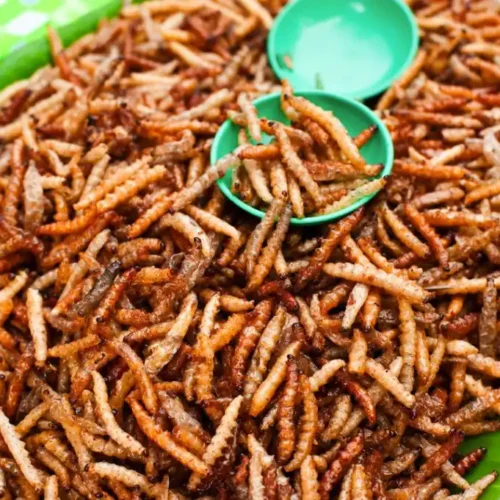 You might not have been thinking about this one today, we honestly were not either. But scientists have come out with some studies that have us thinking. Scientists who apparently have little else to do suggest that mankind, in our primitive years benefited cognitively from having to hunt for bugs to eat.
You might not have been thinking about this one today, we honestly were not either. But scientists have come out with some studies that have us thinking. Scientists who apparently have little else to do suggest that mankind, in our primitive years benefited cognitively from having to hunt for bugs to eat.


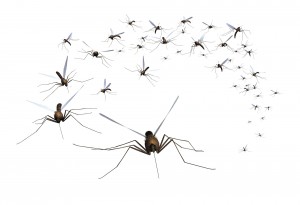 It is that time of year again, mosquito season is upon us and in full biting force. In East Tennessee you can find some 49 different mosquito species. Many species are relatively harmless, but some of them do have the ability to transmit diseases. There are roughly 17 species cause the most problems for humans.
It is that time of year again, mosquito season is upon us and in full biting force. In East Tennessee you can find some 49 different mosquito species. Many species are relatively harmless, but some of them do have the ability to transmit diseases. There are roughly 17 species cause the most problems for humans.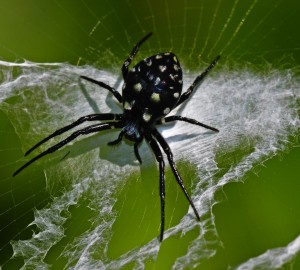 You might be freaked out by spiders in and around your home. You may do those karate master chops when you inadvertently walk thru a spider web. The truth is that in most case the spider is more freaked out by you. Spiders, in most cases, are very often the hunted. They are the prey of all types of animals. For this reason spiders do quite a bit of work to stay hidden and out of sight.
You might be freaked out by spiders in and around your home. You may do those karate master chops when you inadvertently walk thru a spider web. The truth is that in most case the spider is more freaked out by you. Spiders, in most cases, are very often the hunted. They are the prey of all types of animals. For this reason spiders do quite a bit of work to stay hidden and out of sight.
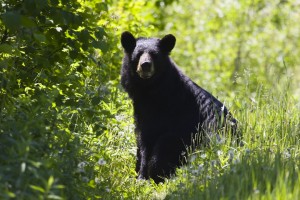 Tennessee Fish and Wildlife Commission and the TWRA have set the dates for the 2014-15
Tennessee Fish and Wildlife Commission and the TWRA have set the dates for the 2014-15 